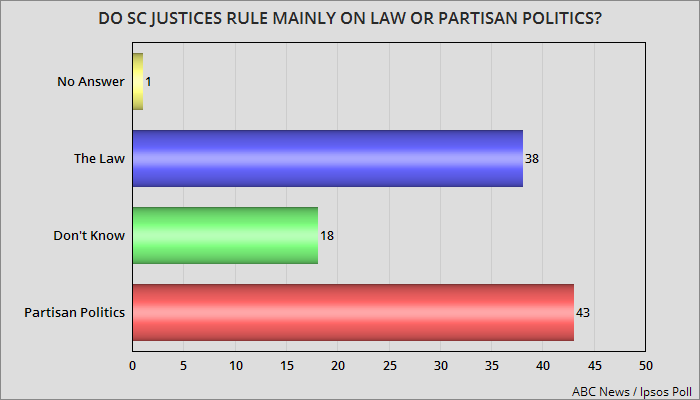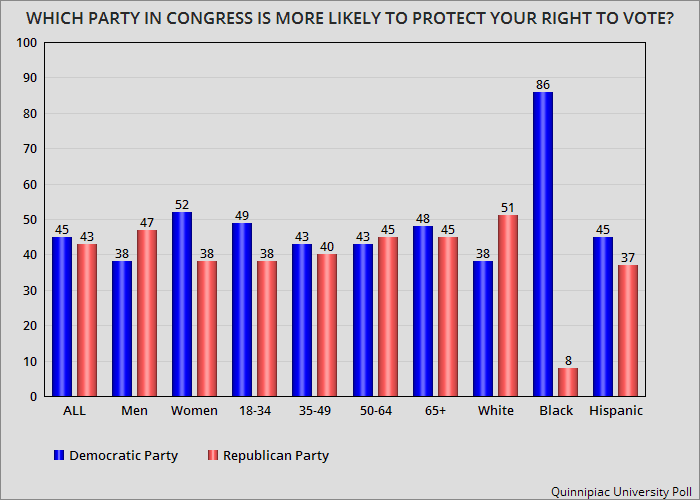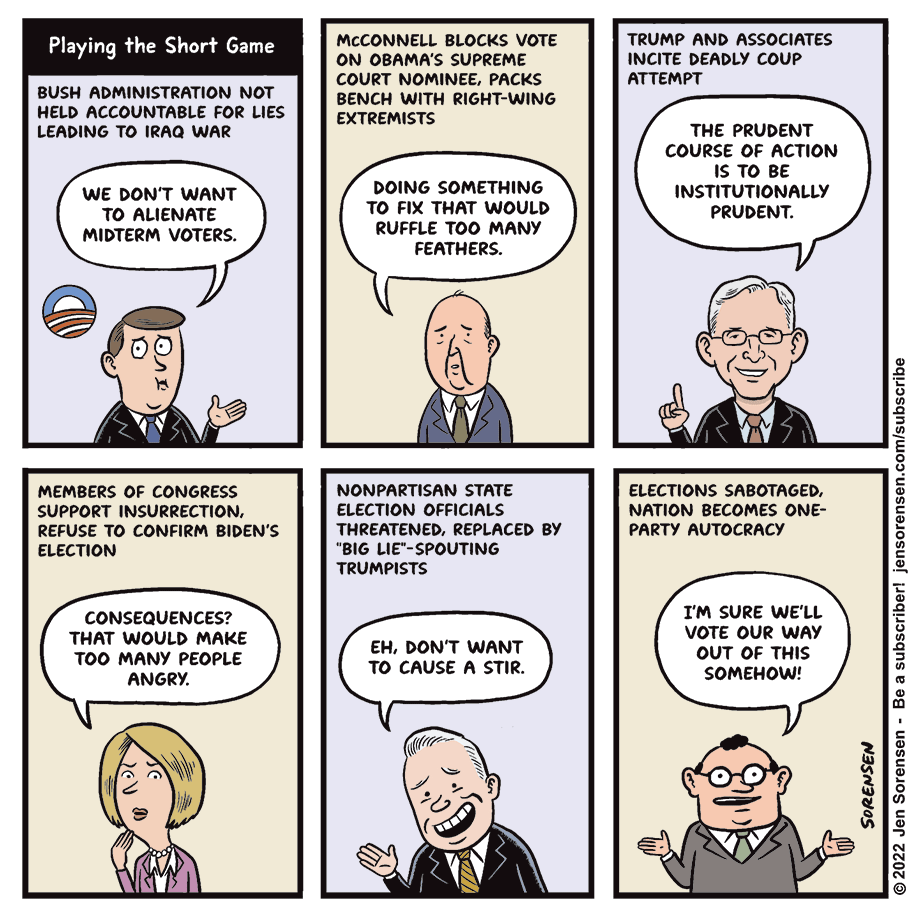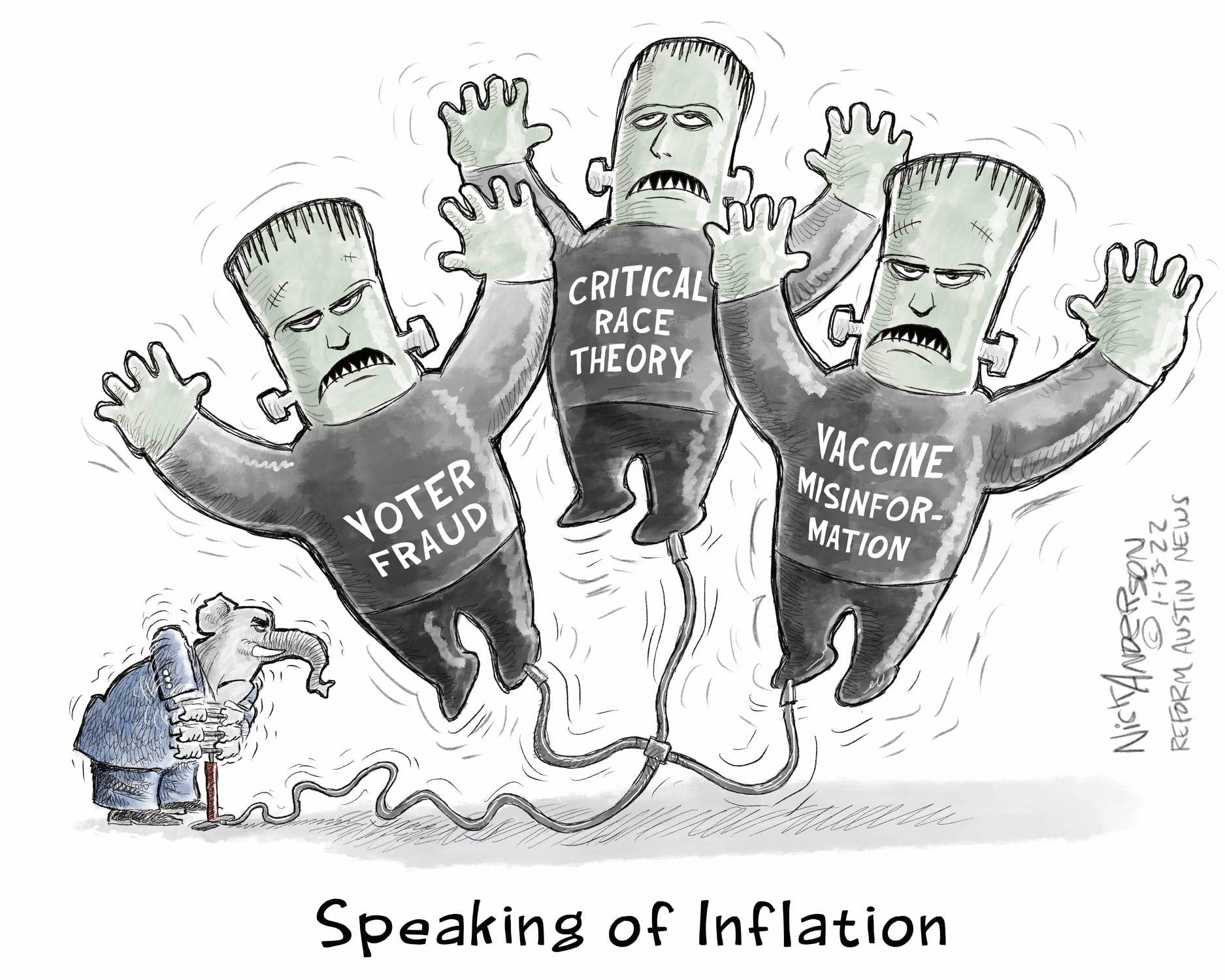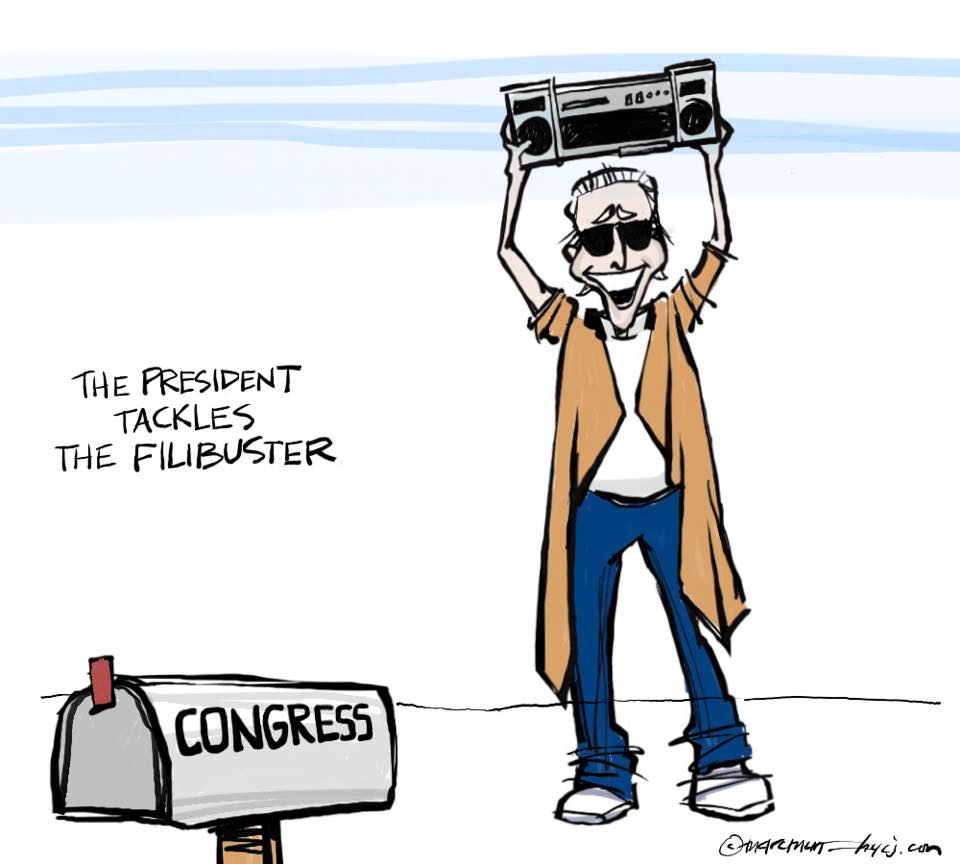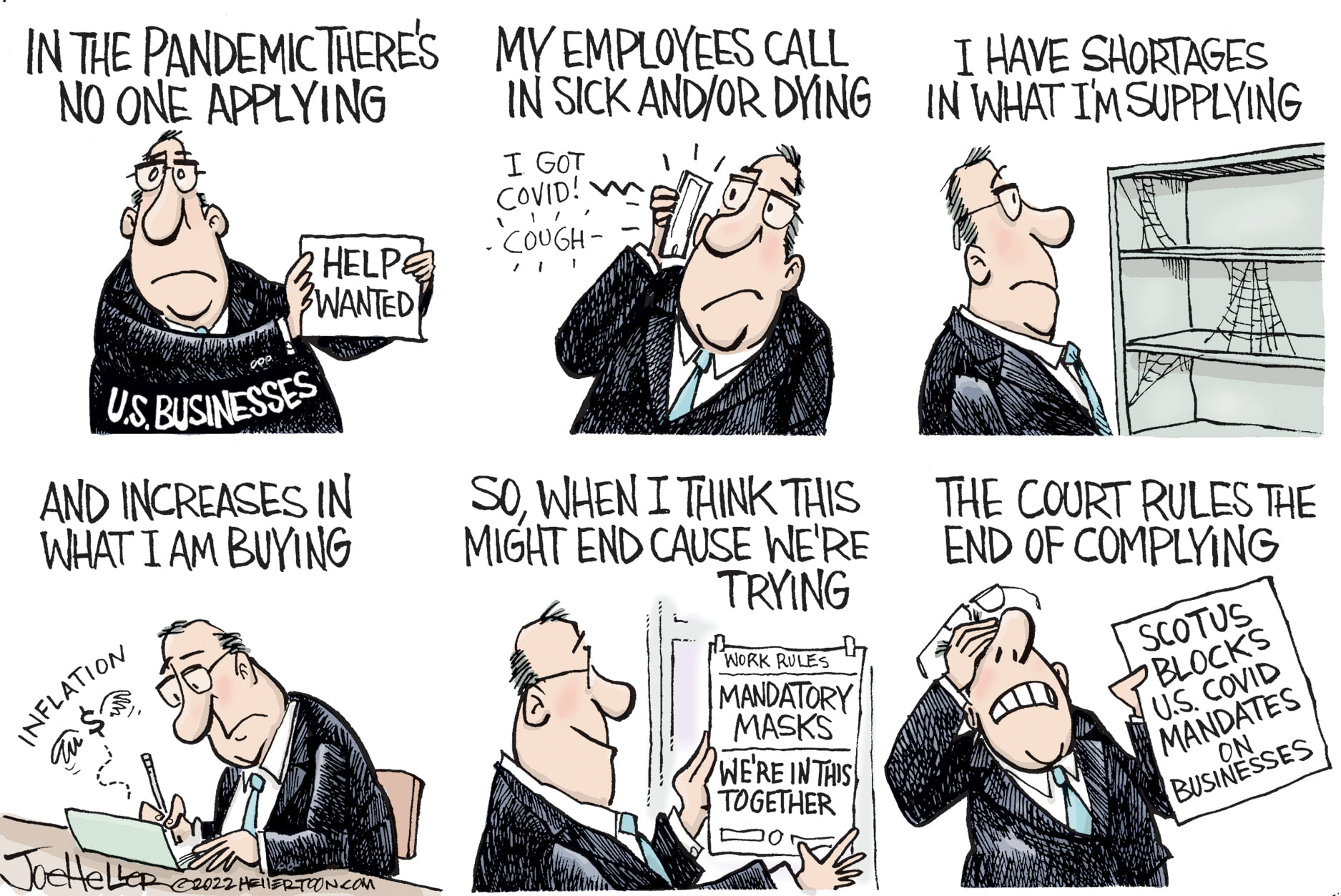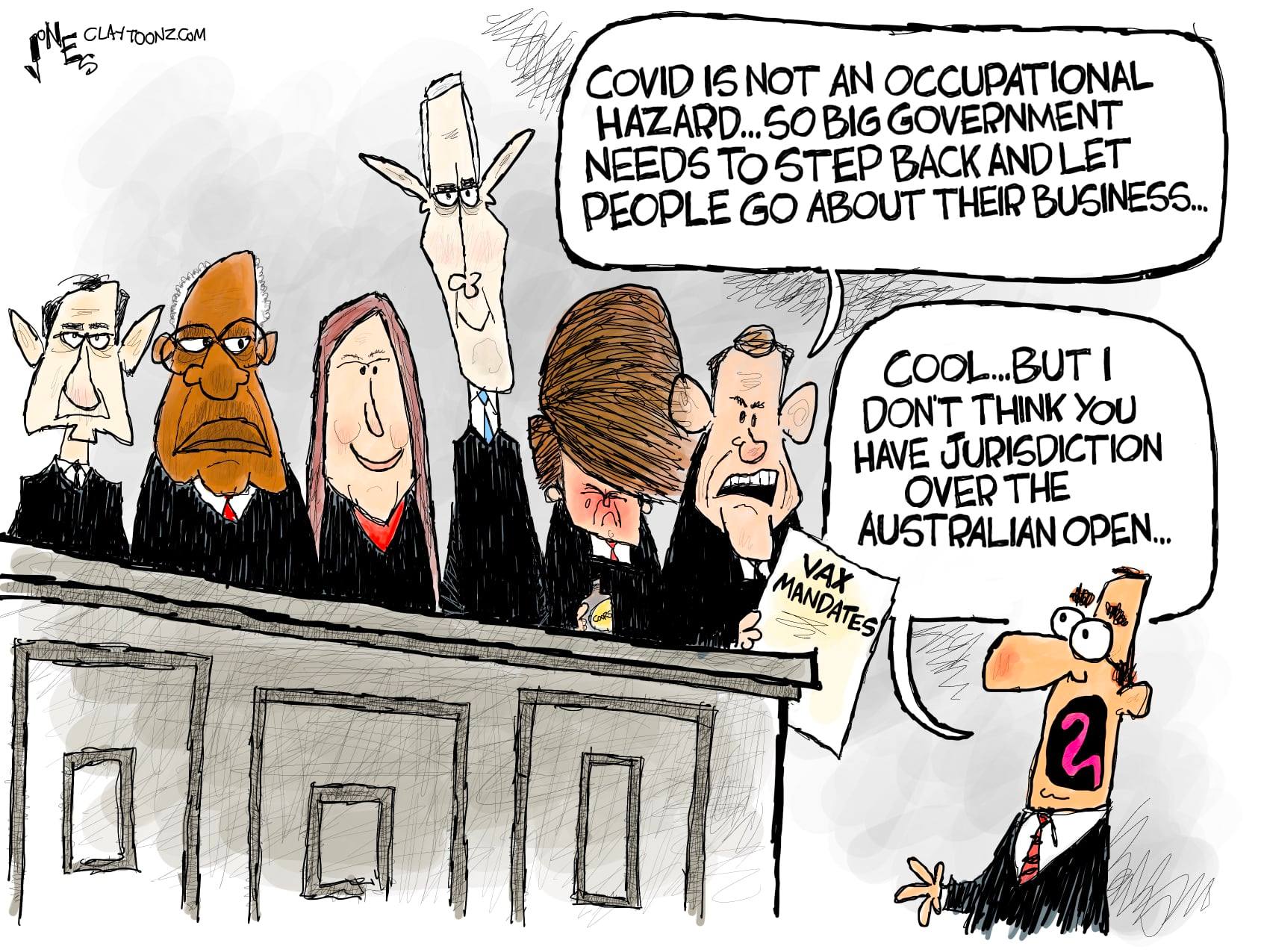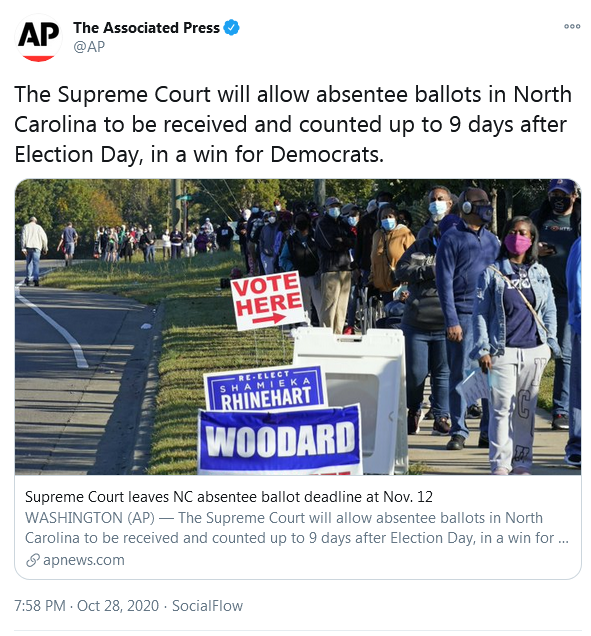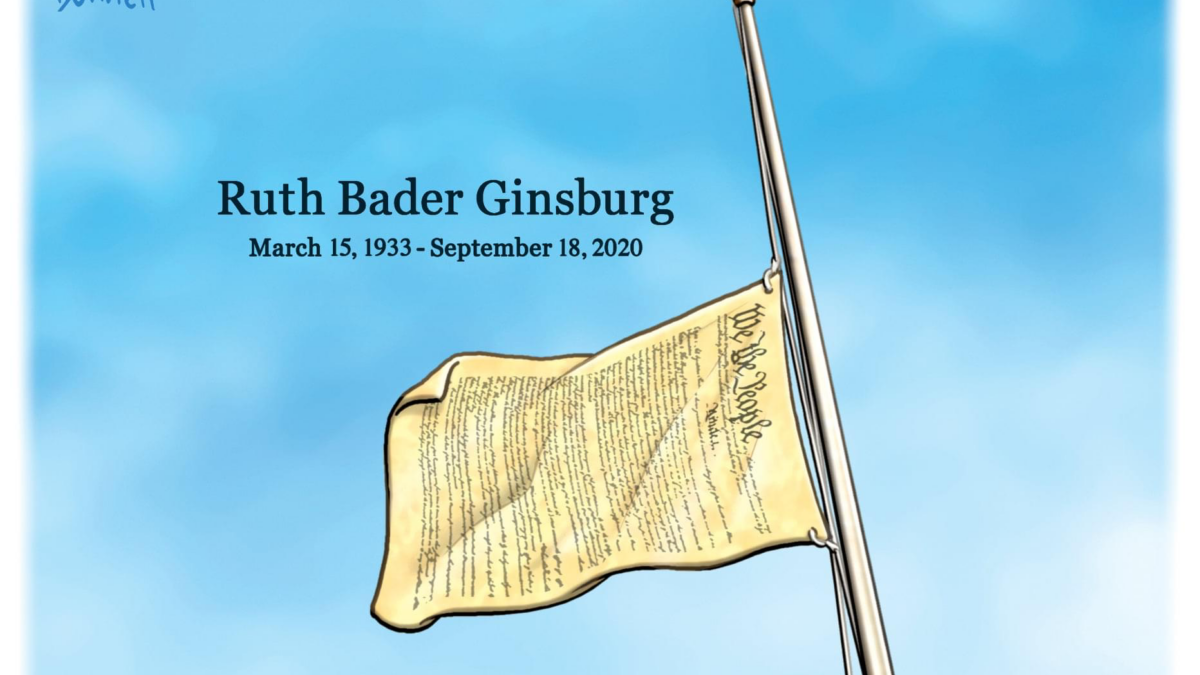The Daily Escape:

Asheville morning, June 28, 2022 – iPhone photo by Wrongo. The log house we’re renting this week is at 4,000’ above sea level.
Wake up calls by the Wrongologist rarely happen on Wednesdays, but since the Roberts Court dismantled the line between church and state in public education with Justice Gorsuch’s decision in Kennedy v Bremerton School District, on Monday, it seems right.
Voting 6-3, the Court declared that an Oregon public high school football coach’s post-game prayer sessions with students were Constitutional, whether the students wanted them or not. That made Monday part of a pretty good run for American theocracy:
“The decision came less than a week after the court ruled, by the same vote, that Maine could not exclude religious schools from a state tuition program.”
The line between church and state is being erased before our eyes. Gorsuch, cherry-picking the facts of the case, wrote that football coach Kennedy had sought only to offer a brief, silent and solitary prayer:
“Respect for religious expressions is indispensable to life in a free and diverse republic — whether those expressions take place in a sanctuary or on a field, and whether they manifest through the spoken word or a bowed head…”
Justice Sotomayor responded that the public nature of his prayers and his stature as a leader and role model meant that students felt forced to participate, whatever their religion and whether they wanted to or not. She gave a different account of the facts, taking account of a longer time period:
“Kennedy consistently invited others to join his prayers and for years led student-athletes in prayer…”
In an unusual move, Sotomayor’s dissent included photographs showing Mr. Kennedy kneeling with players, which debunked Gorsuch’s selective use of facts.
Do you really think that this decision would have been the same if those prayers had been offered by a Muslim?
In the process of ruling for Mr. Kennedy, the majority overturned a major precedent on the First Amendment’s establishment clause, Lemon v. Kurtzman. That ruling was decided by an 8-0 vote under Republican Chief Justice Warren Burger. As an aside, John Dean (of Watergate fame) has said that during the Nixon administration, Burger threatened to resign from the Court if Nixon nominated a woman to it.
It came to be known as the Lemon test, which required courts to consider whether the challenged government practice had a secular purpose, whether its primary effect is to advance or inhibit religion, and whether it fosters excessive government entanglement with religion.
Sotomayor acknowledged that while the Lemon test had been frequently criticized by various members of the court:
“The court now goes much further…overruling Lemon entirely and in all contexts.”
So, by tossing out Lemon and saying that Coach Kennedy was not speaking for the school because it was an extra-curricular activity, the barrier between prayer and secular school has been permanently breached.
In today’s America, outside money will fund your culture wars grievance in the courts. The longer you can keep your case moving up through the courts, the better chance you have of running into a conservative Christian judge who will find a precedent for the White people’s Jesus in the Bill of Rights.
Teachers will now feel empowered to “invite” a group to pray with them. A few kids will jump in right away, while others will look around uncomfortably and gradually agree to join in, because the social opprobrium that comes with refusing is huge for kids. And since the person inviting you to pray is an authority figure: a teacher, coach, or principal, you really risk a lot by having them decide you aren’t: A.Good.Christian.
When given the choice between upholding traditional case law or creating de novo judicial principles, the Roberts Court is almost always going to favor the latter.
Wrongo isn’t a lawyer, but many lawyers are now pointing to the extraordinarily shoddy nature of the Court’s majority opinions, including all three of the precedent-shattering ones the Court has issued over the last week.
It’s time to wake up America! Why is it so hard for Christians in the United States to just practice their religion without involving the rest of us?
We’re getting very close to the establishment of a default Christian American religion. We know that there are many public school teachers who have been silent despite their sincere religious beliefs while at school. Now they will be actively pressured by their pastors to begin proselytizing while on the clock.
To help you wake up, let’s travel to the 2022 Glastonbury music festival, which always creates great live music. On June 25, Olivia Rodrigo and Lily Allen dedicated the latter’s song “Fuck You” repurposed to express anger at five of the six Conservative members of the court.
Rodrigo named the Justices one by one, while Allen raised alternating middle fingers to them:
These artists aren’t afraid of controversy. Millions of us now feel exactly the same.

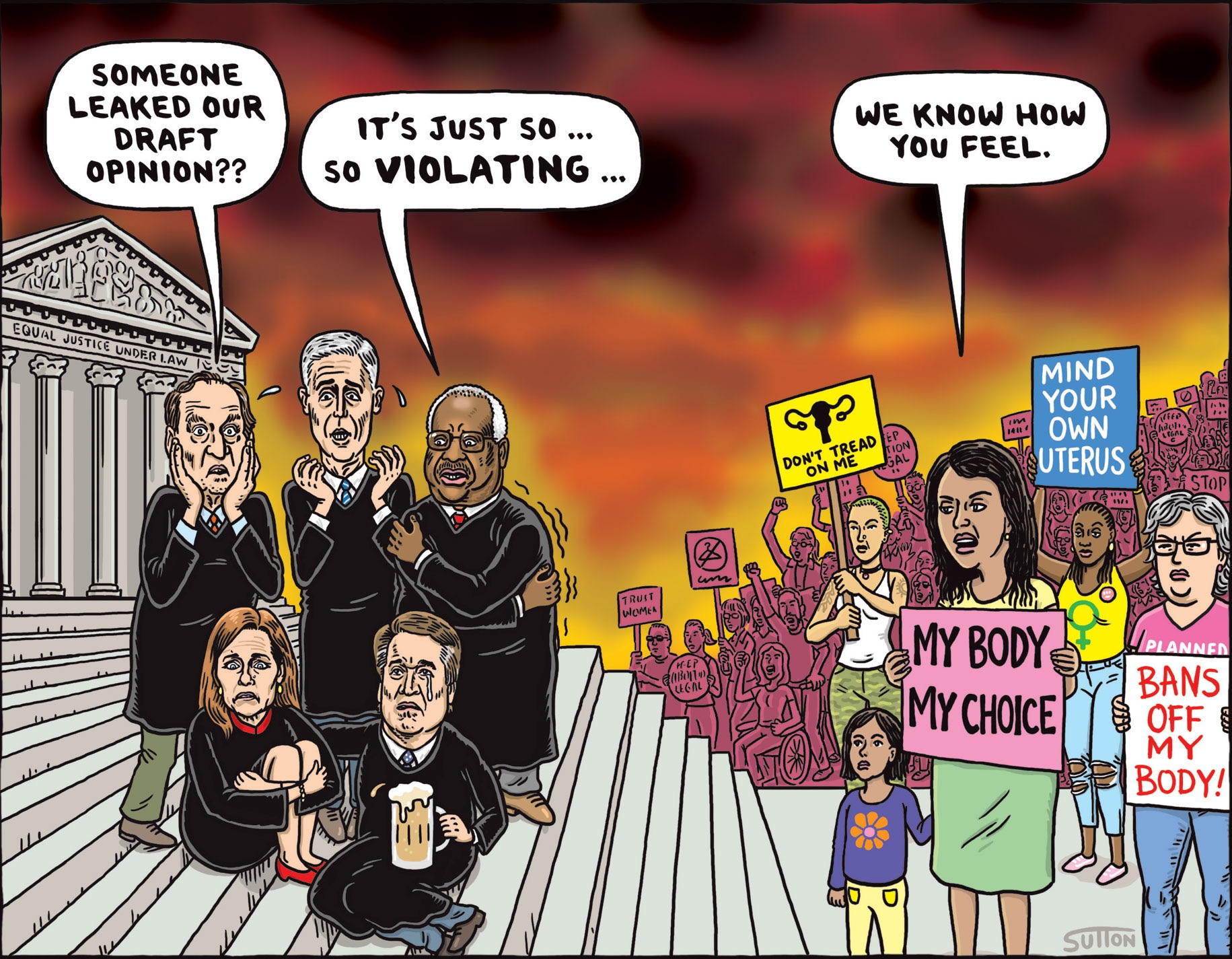
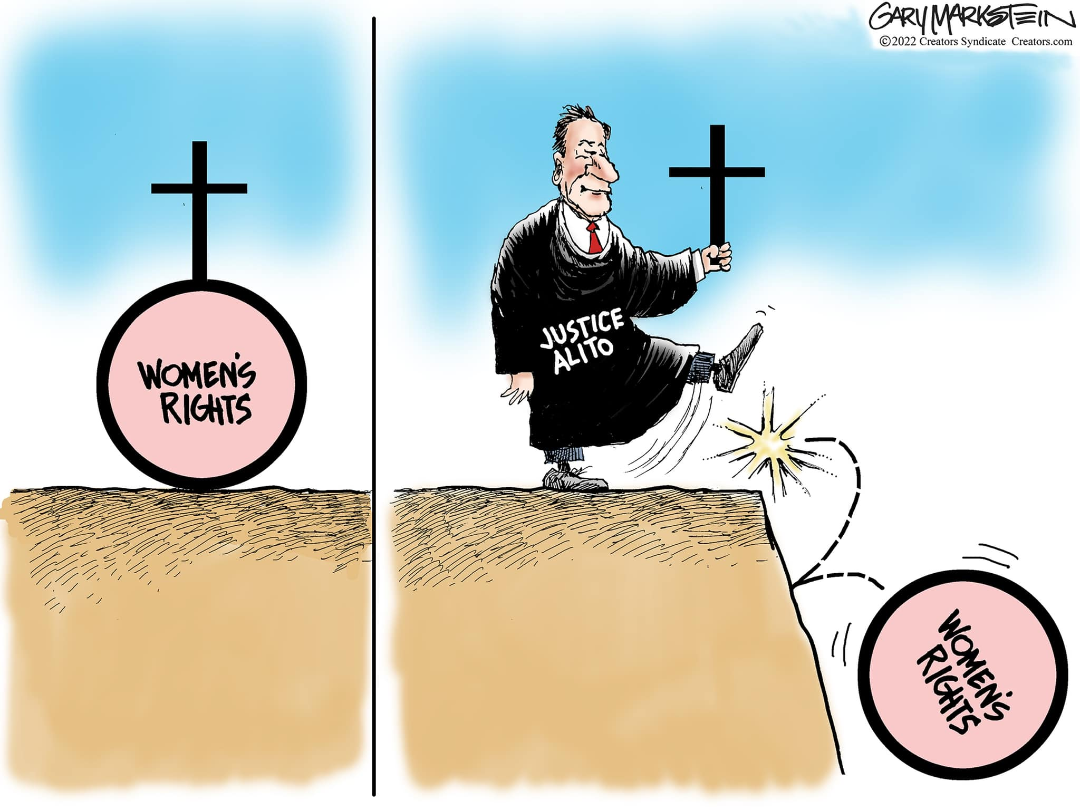
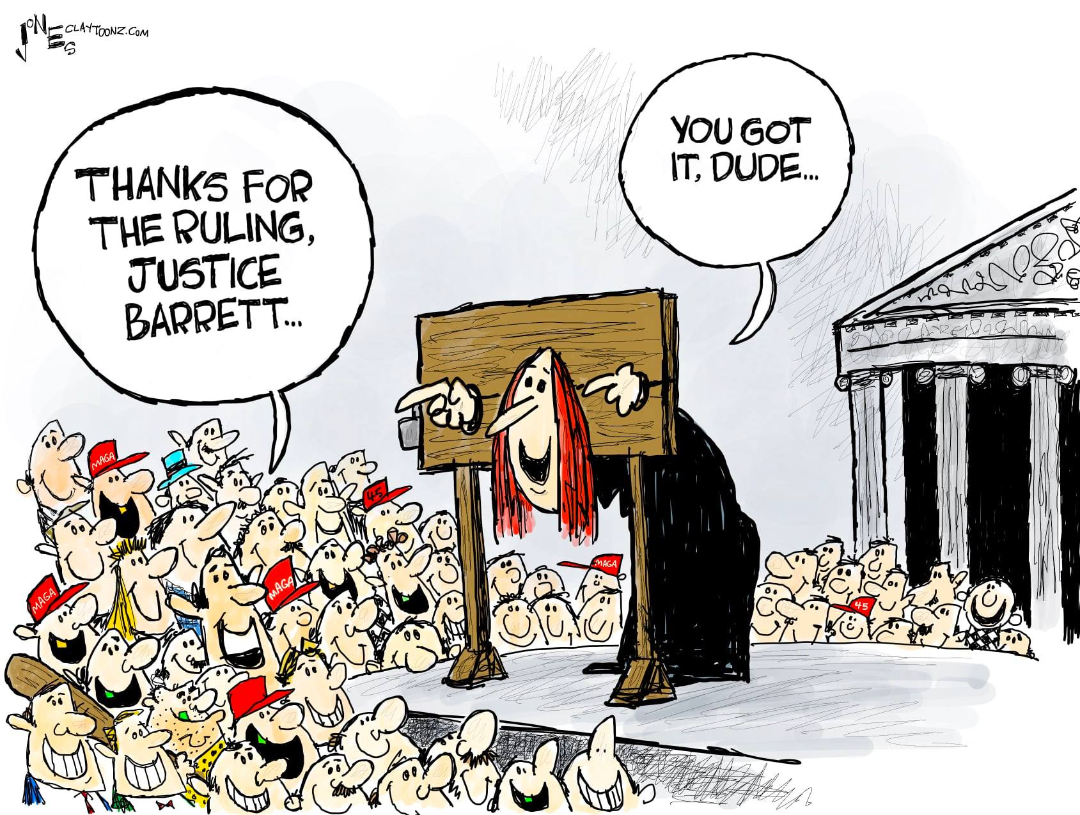
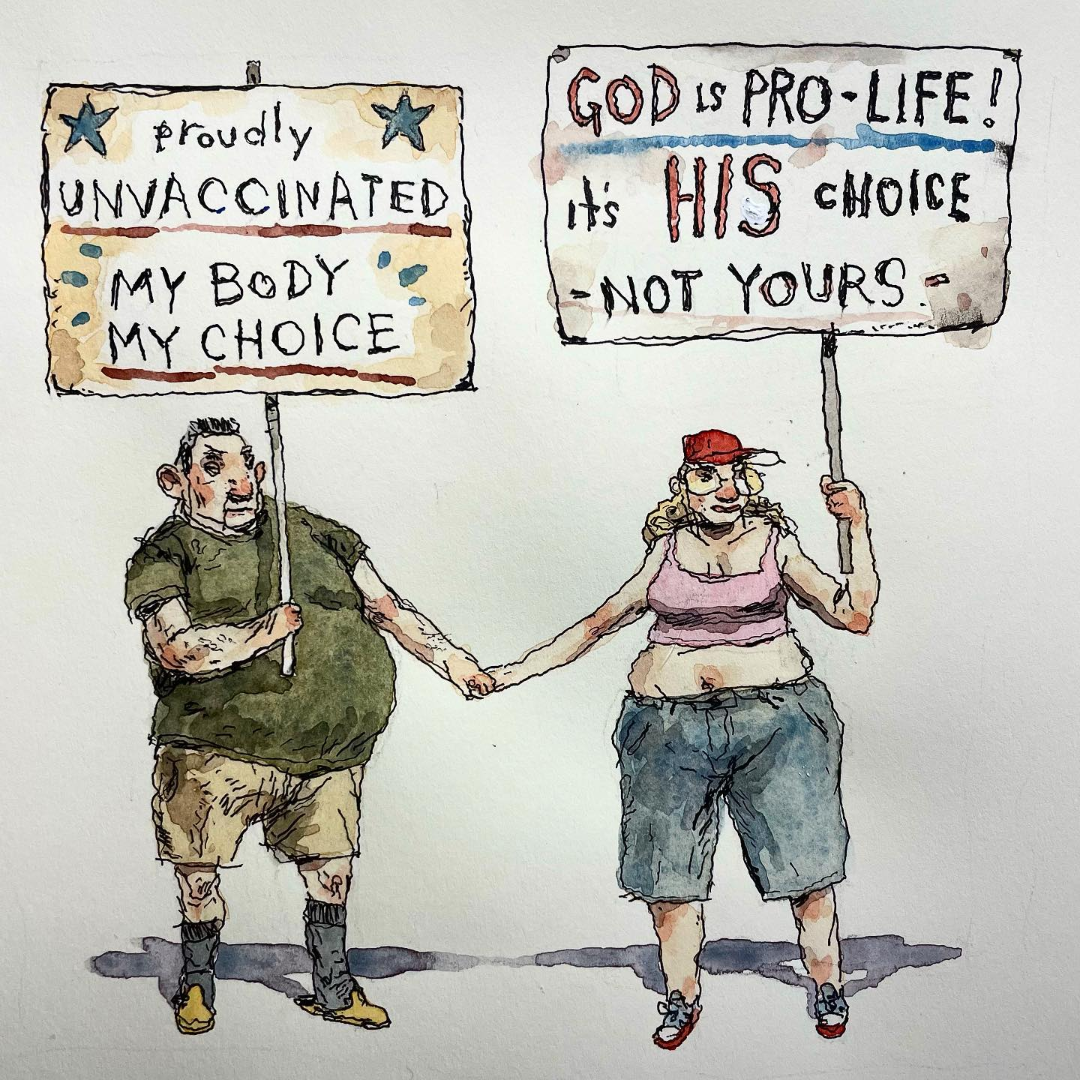
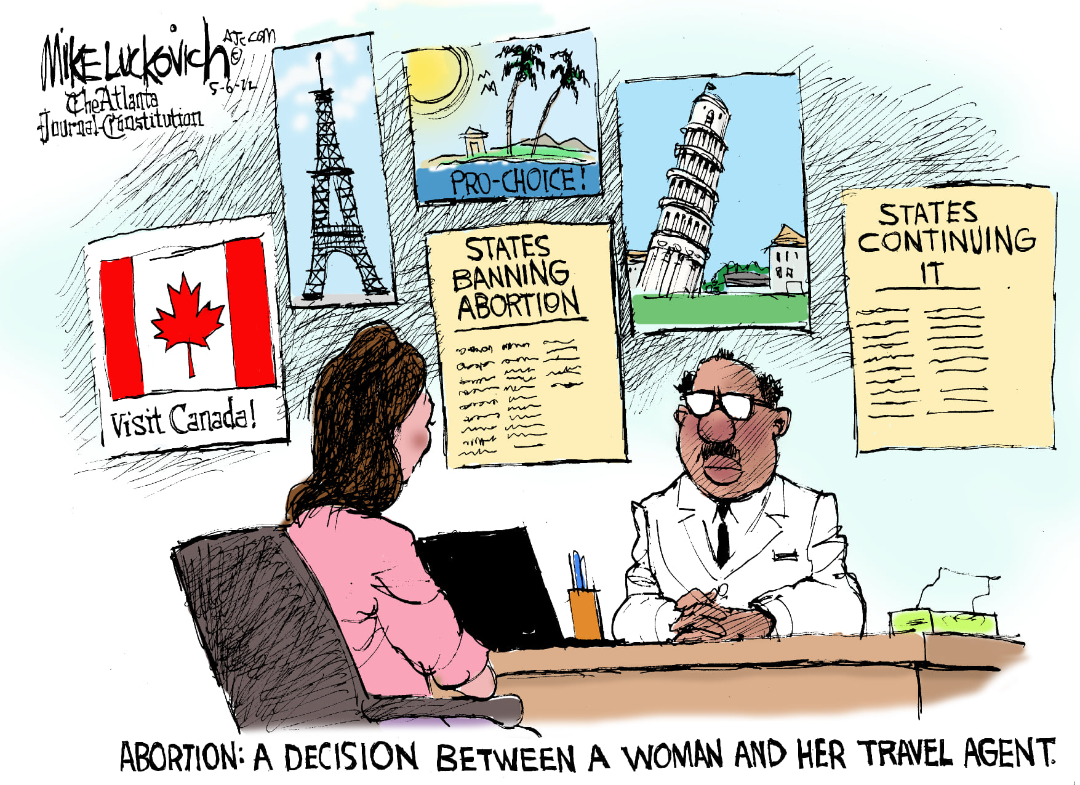



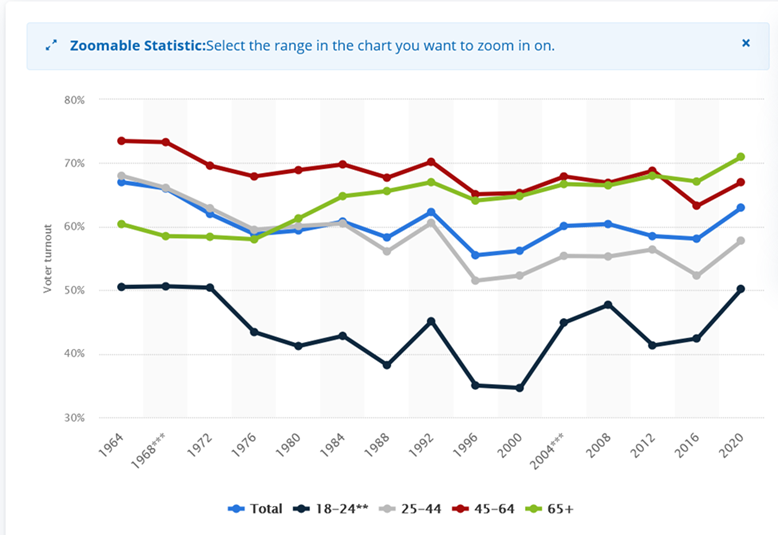
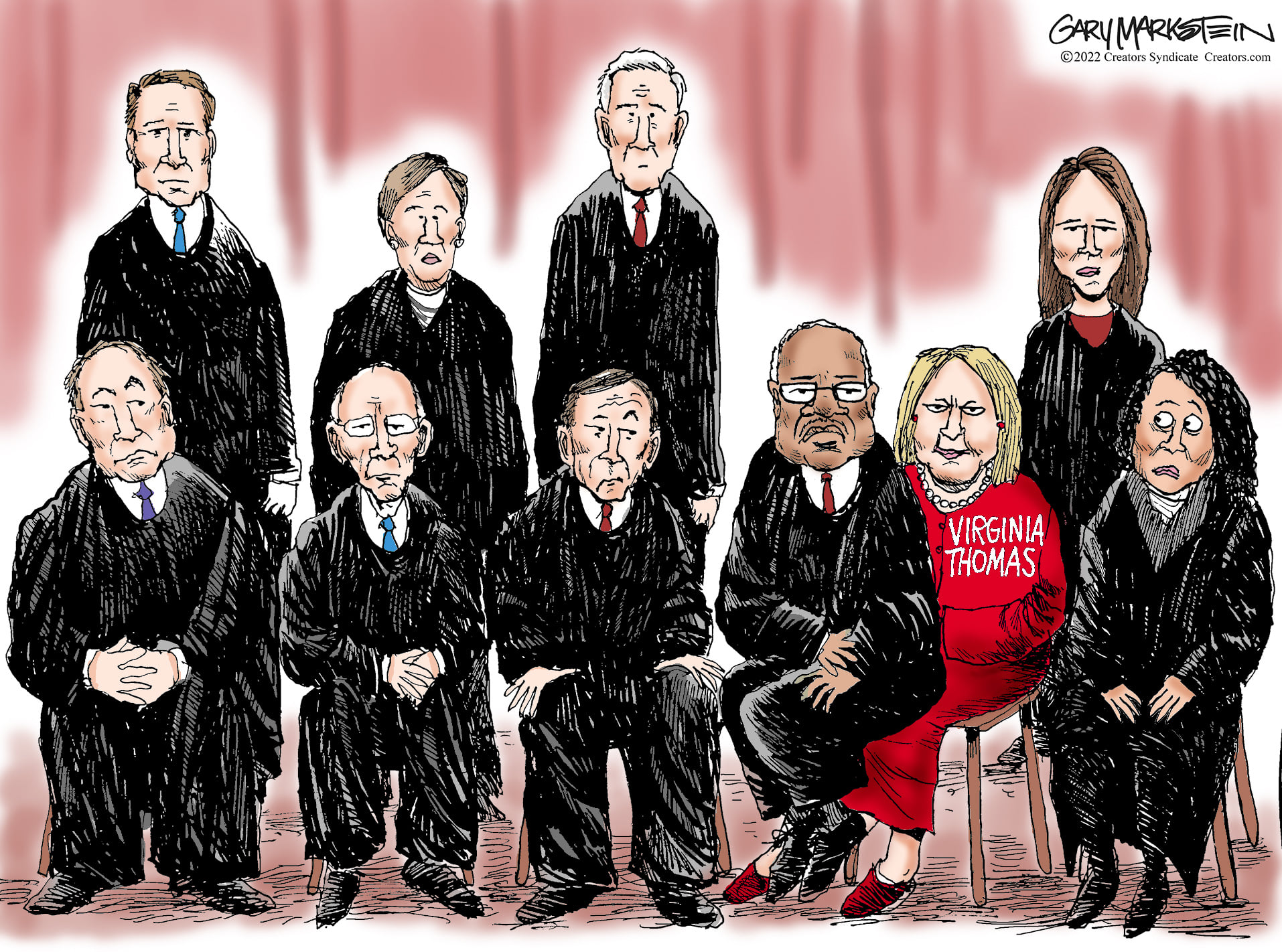
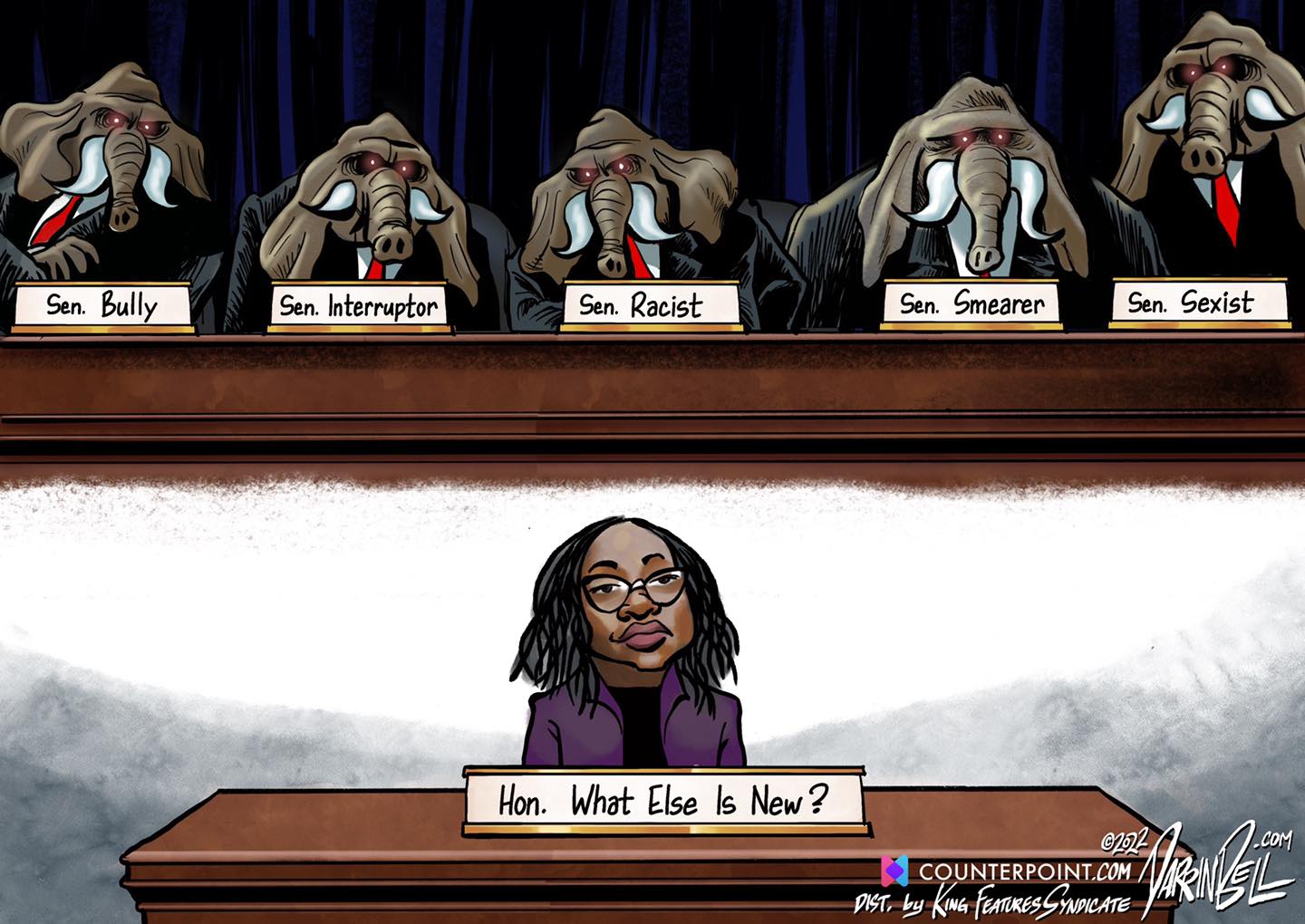
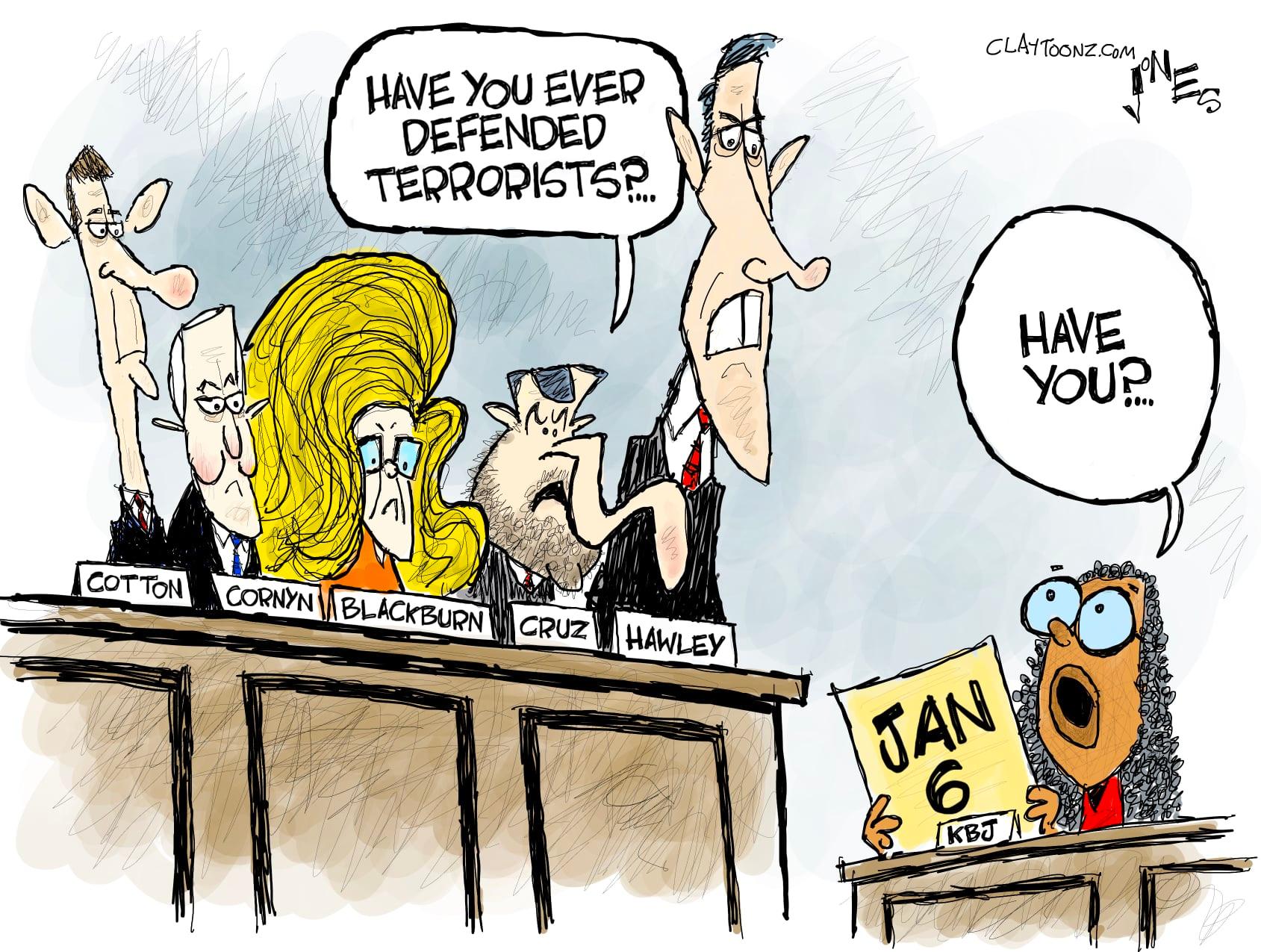


 Valley of Fire SP, NV – January 2022 photo by
Valley of Fire SP, NV – January 2022 photo by 